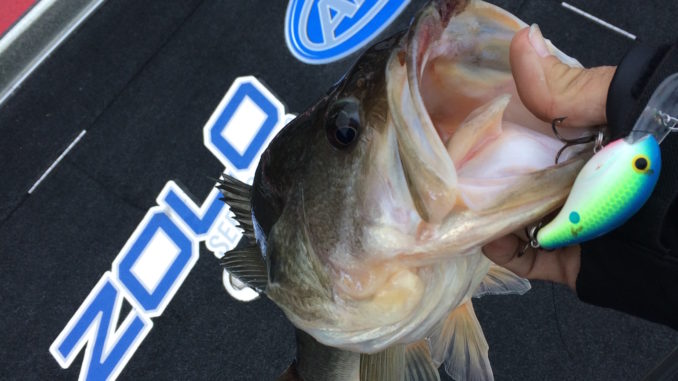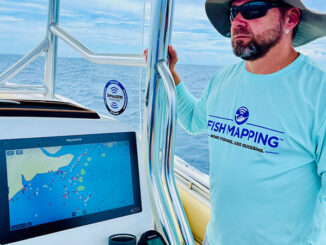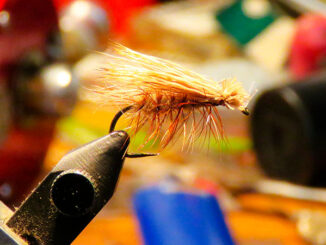
When P.H. Flanagan of Manning, S.C., caught the state record largemouth bass out of Lake Marion in 1949, he might never have dreamed that his 16-pound; 2-ounce beast would still reign as the biggest bass ever caught in the Palmetto State. But Santee Cooper is known for its big stringers of healthy bass, as are many other reservoirs scattered around the Carolinas.
Across their range from Canada to Mexico, largemouth bass spawn in almost every month. In the Carolinas, the majority of the spawning population of bass head to the shallows during the spring, generally between March and May. And few will argue that the best time to top a personal record is during the spawn, when these slimy beasts are jammed full of eggs.
In the Carolinas, the largest wave of bass makes it to the beds during March and early April. However, few anglers will be on the water when the biggest and heaviest fish head to the spawning grounds.
Guide Brett Mitchell starts looking for his biggest stringers long before other anglers even consider looking for spawning fish.
“Some of the biggest fish in the food chain spawn in February in South Carolina,” said Mitchell (803-379-7029). “But they are caught deeper.”
Most bass will head in and spawn in relatively shallow water, less than 3 feet deep. Mitchell finds his biggest bass spawning in deeper waters farther off the bank from where the typical bass spawns. He said Santee giants will spawn from 3 to 6 feet deep.
Since early spawners are doing their thing in deeper water, sight -fishing is rarely possible unless you’re on a super-clear reservoir. Mitchell will concentrate on deeper ledges adjacent to the traditional spawning grounds around the moon peaks.
“Fish move into spawn around the new and full moons. I start fishing for these giants in February at Santee, three days before and three days after the moon peaks,” he said.
When targeting early trophy spawners, Mitchell will slow-roll spinnerbaits and work jigs.





Be the first to comment